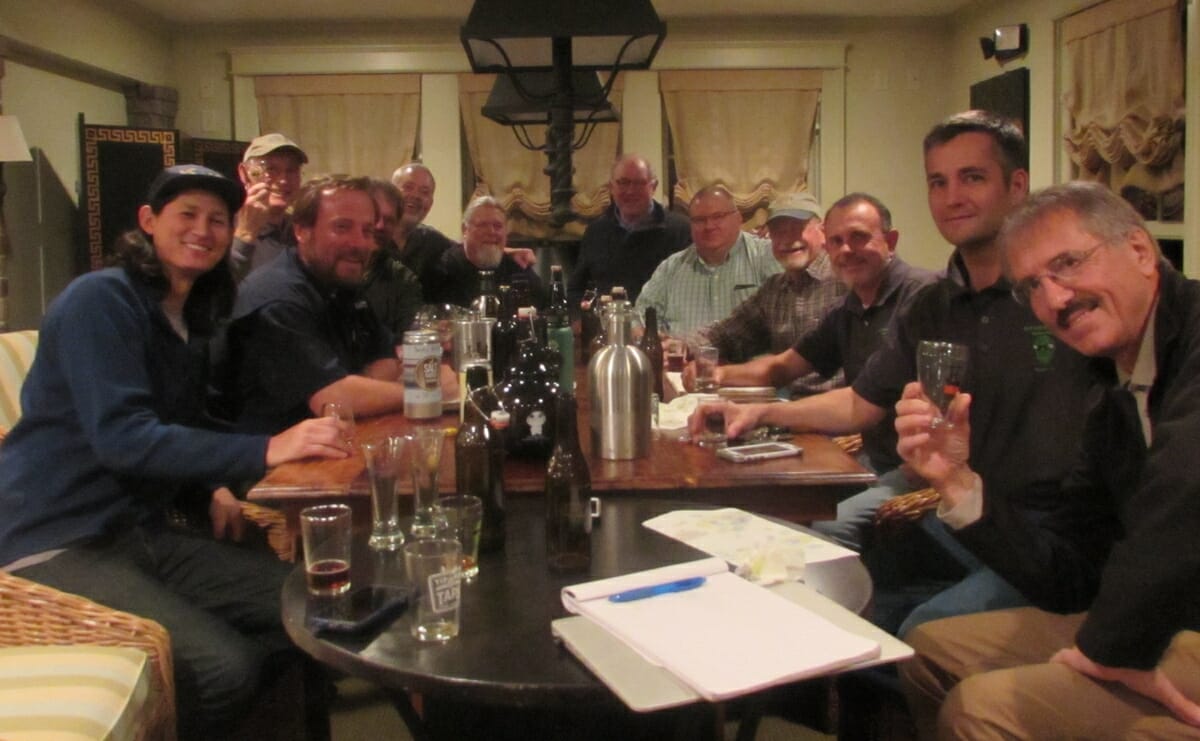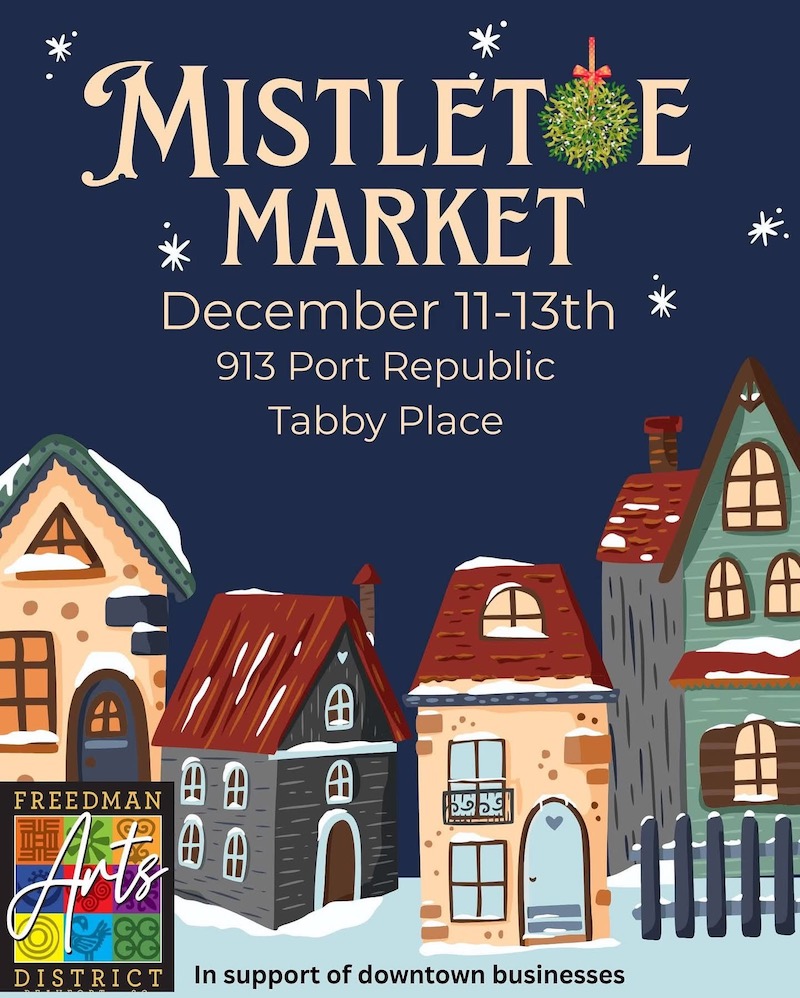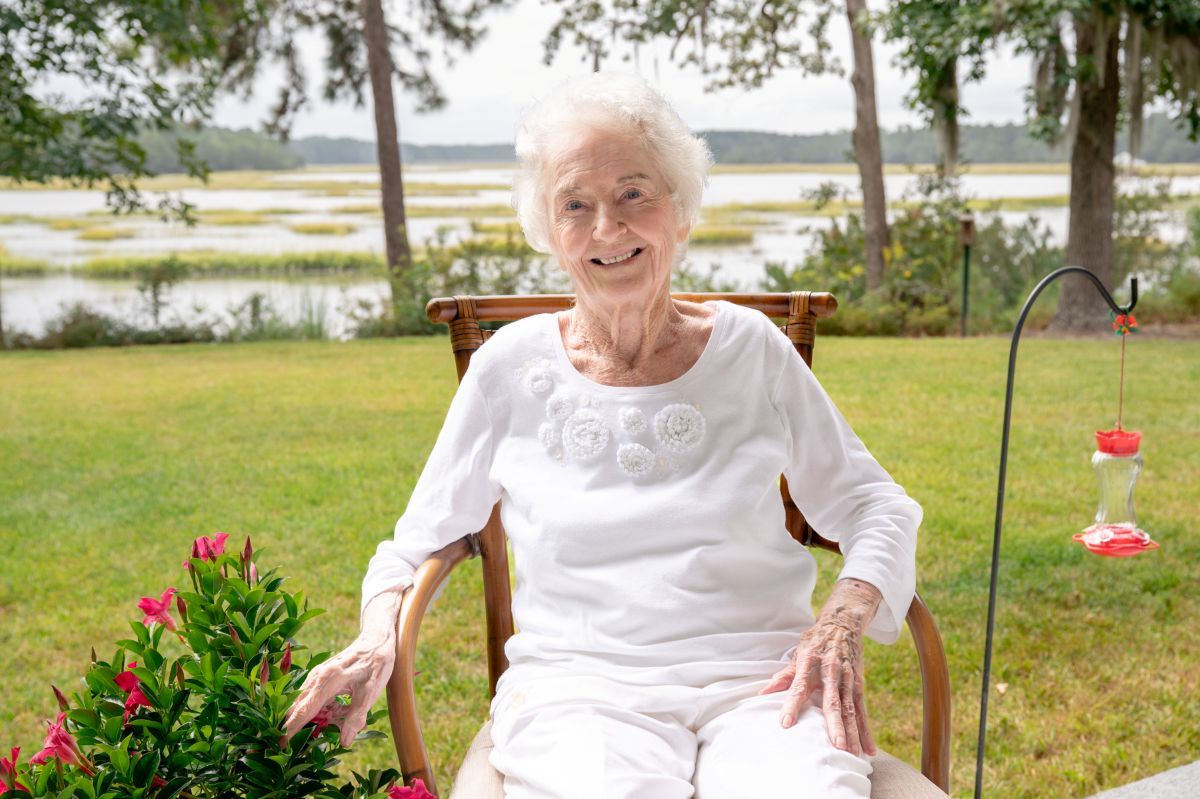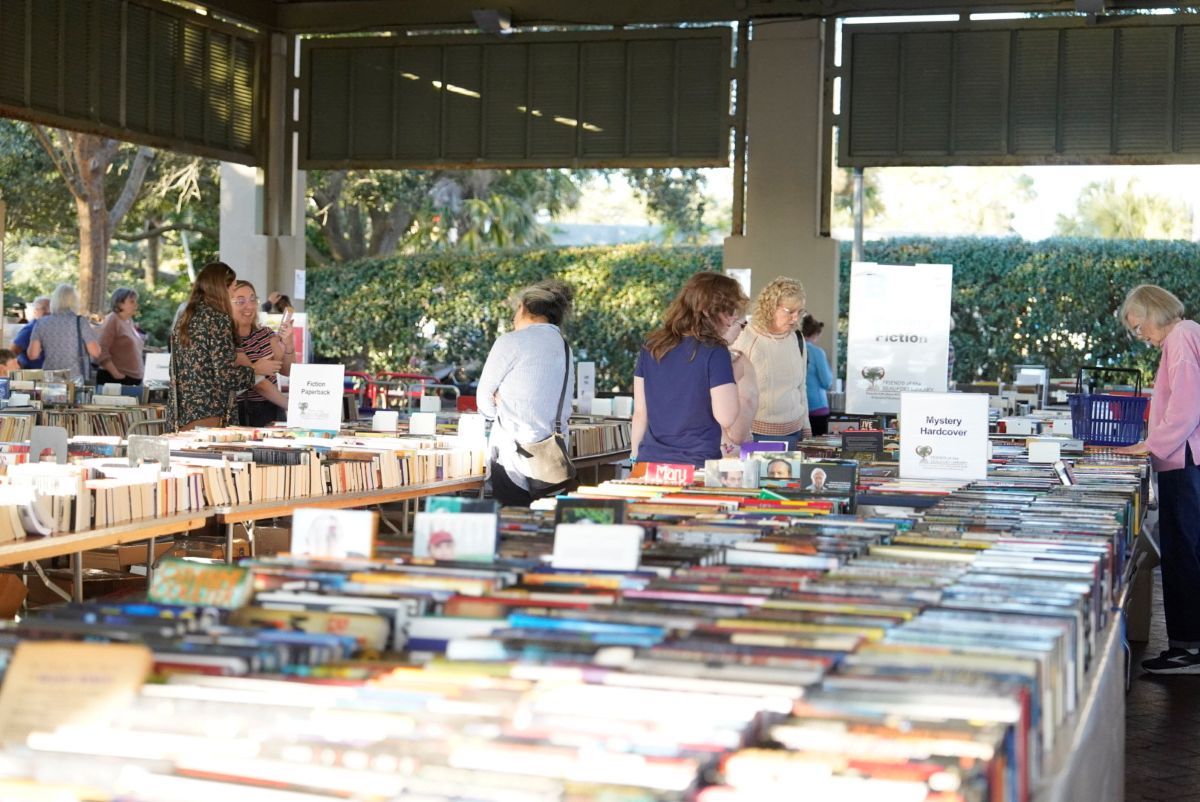Photo above: The Pluff Mudd Hopp Heads are shown here at their December gathering. Photo by Kat Walsh.

By Kat Walsh
It’s almost too perfect – a home brewers club started by a man with the last name Brewer.
But that’s exactly how the Pluff Mudd Hopp Heads began. In 2007, Josh Brewer, who owned Brewers Brewery in Beaufort Town Center, encouraged his friends to start a club.
Gene Garlington, the club’s secretary and treasurer, recalls early meetings at various members’ homes and the club grew from there.
Today the Pluff Mudd Hopp Heads has 15 active members and about 20 associates. Everyone is welcome, from those just starting up the hobby of home brewing to professional brewers.
“We would like to make even non-brewers home brewers,” said George Clark, one of the club’s original members.
Monthly meetings are social, casual and revolve around of love of craft beer. Typically, members sample the fruits each other’s brewing labor – and lessons learned along the way.
For example, there was the time the group learned the dangers of over-carbonating beer. While bottling a group IPA, they accidentally added twice the required amount of sugar. Every member took a 5-liter plastic bottle home for eventual tapping. That’s when the brew, so to speak, went off the rails.
Clark stored his in the laundry room. Two week later, he heard a loud bang in the house.
“I followed the sound of my wife’s frustrated laughter to the laundry, and found her throwing rags all over the floor. Beer had hit the ceiling, all the walls and had leaked through the floor to the cellar. She looked at me and said, ‘You’ve got a mess to clean up. I’m going to the movies.’ I did the best I could over the next two hours, but the house had the aroma of a frat house for the next two months.”
Art and Science in a Glass
“What did you bring?” members asked Paul Heilig, the first to share a home brew at the club’s December meeting at the Coosaw Point Clubhouse.
“Please don’t say a quad,” one member quipped, bringing laughs from the rest of the group.
Heilig presented a rarity for the club; a white American lager, inspired by a pineapple jalapeno beer the club tasted on a tour to Holy City Brewery in Charleston.
As the recipe was passed around, there was intense discussion about temperatures, ingredients, yeast, fermentation, time and exactly how Heilig added 4 pounds of pineapple “in the second.”
That’s of the noticeable things about home brewing – it has a language of its own: terms like fermentation, pasteurization, conditioning, enzymes, IBUs and terminal gravity were tossed back and forth throughout the meeting. The process of brewing beer involves biochemistry and thermodynamics. In fact, the scientific aspect is what attracts many to home brewing.
“We all have a great time in experimenting with our concoctions and dissecting the final product,” said Clark, who started home brewing in the mid-1980s.
Holding small tasting glasses imprinted with the club logo, members scrutinized and studied Heilig’s creation, holding it up to the light, smelling and slowly tasting to identify the diverse array of flavors and aromas.
A second thing is noticeable: Home brewers approach and appreciate beer much like wine connoisseurs with fine wine.
“It takes four sips to understand a beer,” explained Clark. “The first one is a shock, it takes the second and third sips for your brain and tongue to understand what you’re doing and by the fourth sip, you can fully appreciate what the beer is about.”
Matt Stone was the next to share his creation: a Berliner Weiss, one of the newly popular sour ales.
“If there were a bomber on the shelf, it would be every bit of $25,” commented Nick Borreggine, owner of Fat Patties in Beaufort and Bluffton. A beer connoisseur and novice home brewer, Borreggine opened Salt Marsh Brewing on the second floor of the Bluffton Fat Patties in 2013.
“Did you give it a name?” several members asked.
Stone, who works at Salt Marsh Brewery, said he had not, but would consider it.
Members don’t usually name their brews, but sometimes, the resulting beer or the circumstances surrounding its creation warrant a name. There was Stuck on Daufuskie, a collaboration beer that involved a trip to Daufuskie Island and a storm that significantly delayed the return home. Another brew, The Black Mirror, was a “gorgeous” beer that three members brewed in January that wound up “really, really strong and so dark and thick you could see your face in it.”
In addition to these monthly meetings, the club hosts group brews either at Fat Patties or members’ homes.
Club president Mark Alexander notes that two popular events are the annual oyster roast and the seasonal food and beer pairings. Members work in pairs to create a coupling of beer and food with a twist: the beer not only complements the dish – it is also part of its recipe.

Recent resurgence
It’s hard to imagine, but less than two generations ago, The Hopp Heads’ activities were illegal. In spite of the fact that America’s founding fathers (and mothers) made and drank their own beer and wine, under the 18th Amendment and Prohibition (enacted in 1920), it was against the law to make beer in the U.S.
This ban on home brewing in the United States had far-reaching consequences. While there were nearly 1,500 breweries prior to the 18th Amendment, after 1960 only a handful of giant, consolidated mega-brewers remained.
Today, the “big two”— Anheuser-Busch (bought by Europe’s InBev for $52 billion in 2008) and MillerCoors — sell 95 percent of all beer in the United States in the form of lager and light lager, according to the 2009 documentary “Beer Wars.”
In 1979, President Carter legalized home brewing in the amount of 100 gallons per year per adult (up to 200 gallons per year per household). And in the following years, the number of craft breweries has grown to more than 2,000, most of which were founded by home brewers.
According to the American Homebrewers Association, which also started in 1979, of the 1.1 million home brewers in the U.S., almost half started the hobby within the last four years.
This recent increase has been aided by the rise of homebrewing clubs — the Hopp Heads are one of over 2,100 AHA registered homebrew clubs — beer making competitions and the success of microbreweries started by amateur beer makers.
The do-it-yourself and local food, or “locavore,” movement have also helped. “There is a trend to do things more locally,” notes the AHA website. “You don’t get any more local than doing it at home.”
The Pluff Mudd Hopp Heads note that the only thing better than brewing your own beer at home is having a like-minded group of friends. After all, as Garlington commented, “What’s the fun of doing it if you can’t share your results?”
For more information, contact the club at pluffmuddhoppheads@gmail.com or visit the club’s Facebook page at www.facebook.com/Pluff-Mudd-Hop-Heads.








